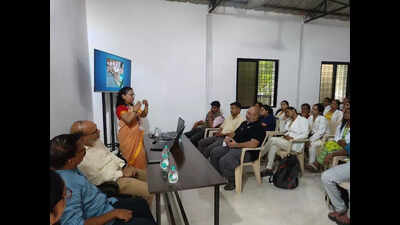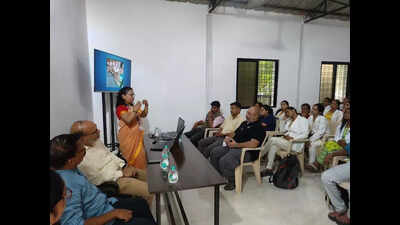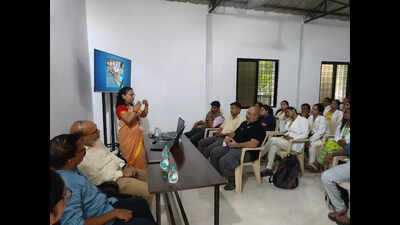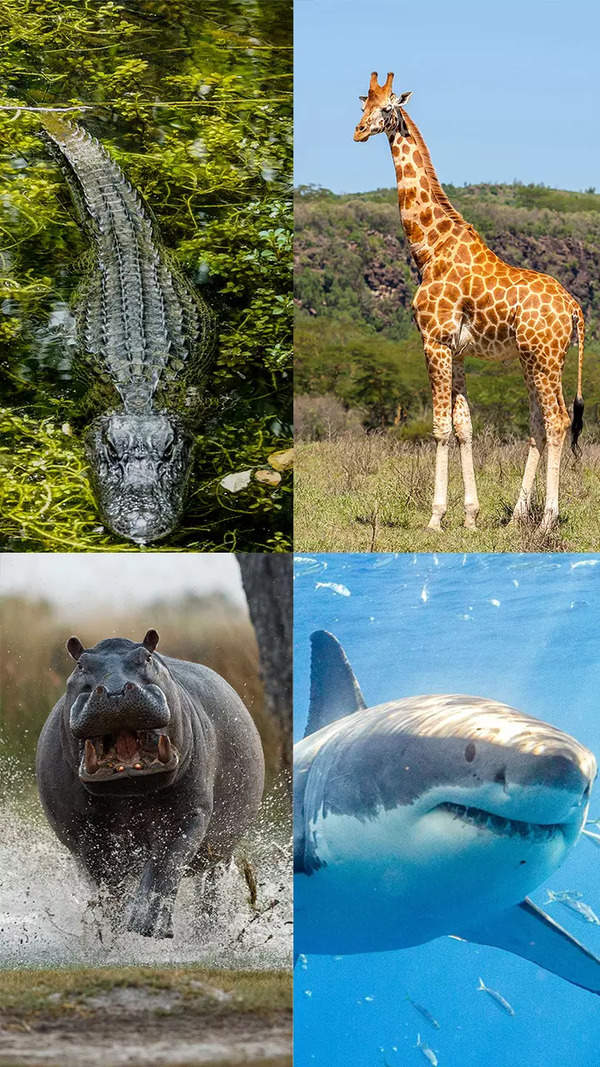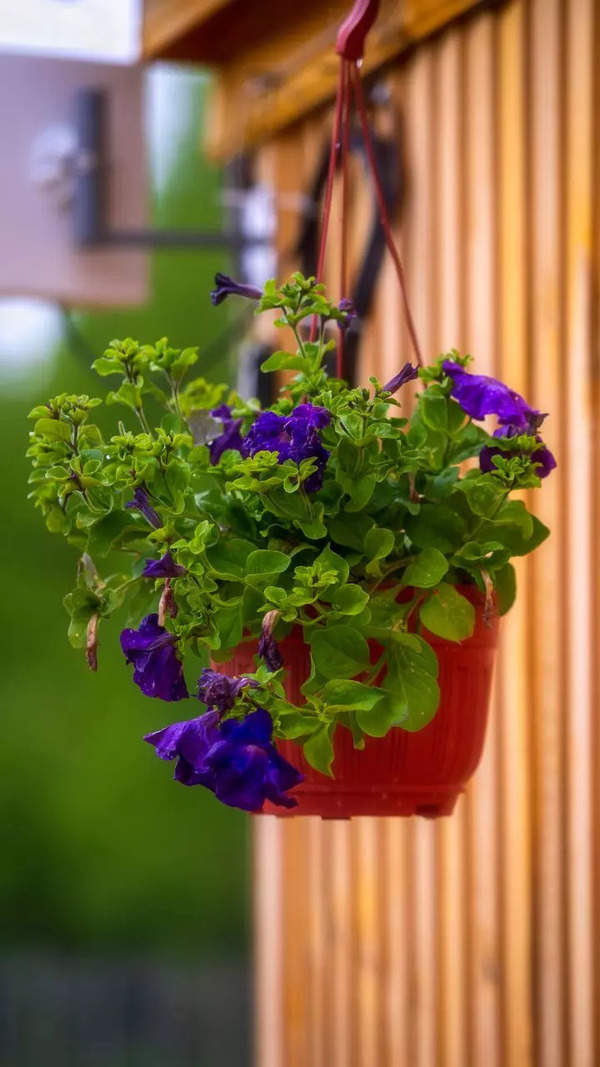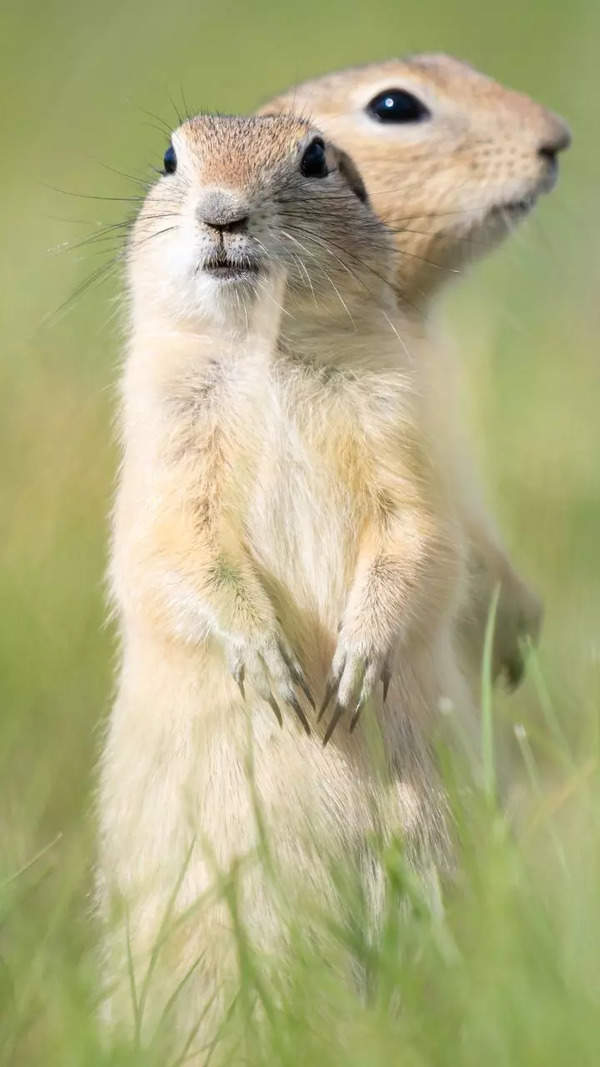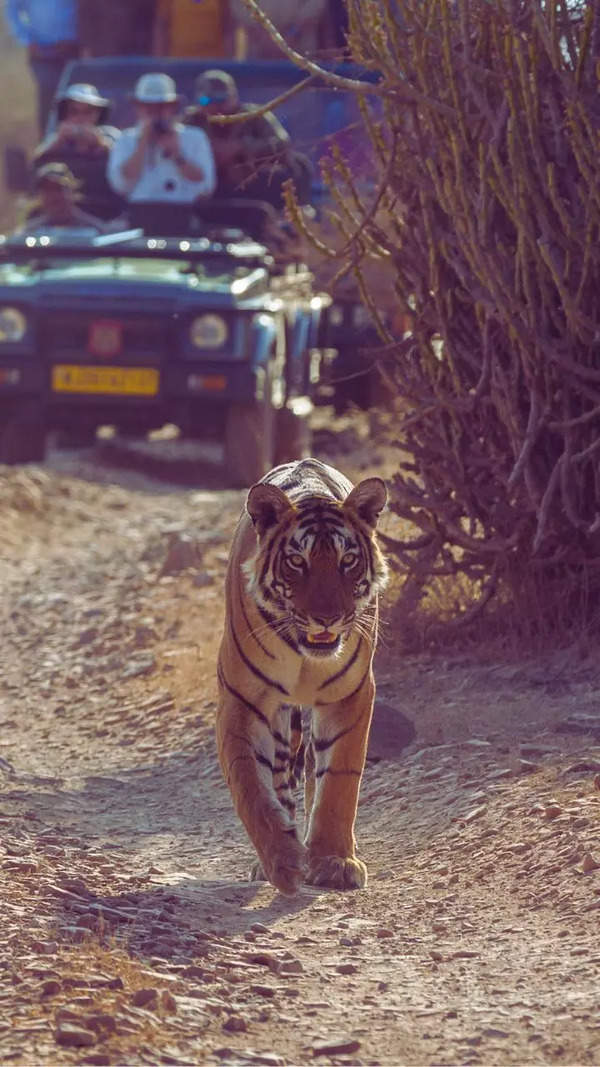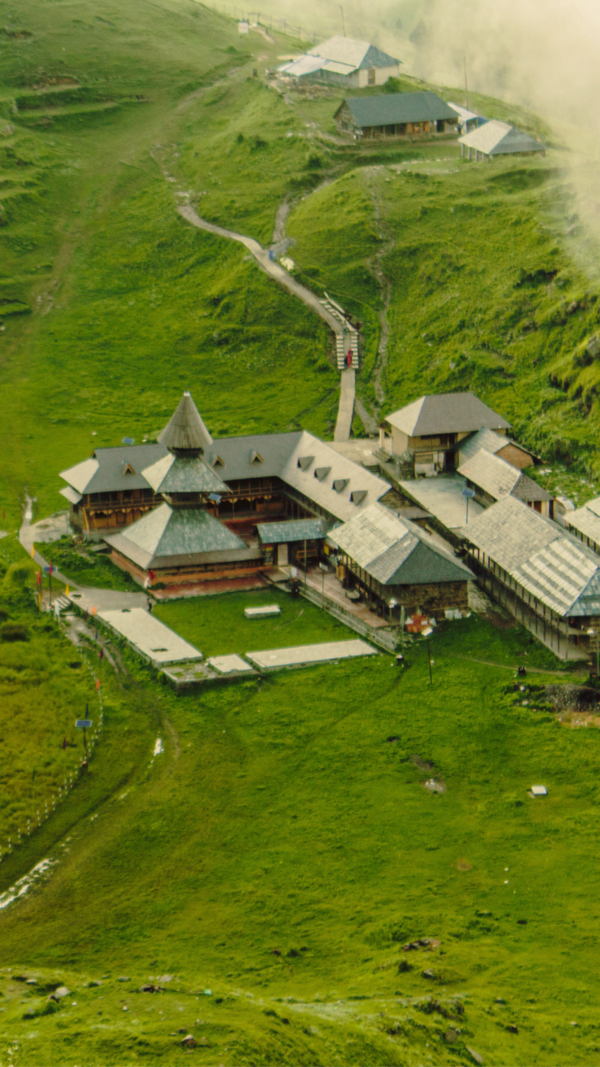- News
- City News
- nagpur News
- Experts bat for wildlife rehabilitation with physiotherapy approach
Trending
Experts bat for wildlife rehabilitation with physiotherapy approach
Citing the example of an injured leopard cub, Dr Umanjali Damke, principal of the school of physiotherapy at GMCH, presented her case of a female leopard at transit treatment centre (TTC) and how it got a fresh lease of life with physiotherapy exercises.

The event marked an innovative fusion between medical and veterinary students from Nagpur Veterinary College (NVC) and GMCH. Veterinary and human medicine doctors can play crucial roles in wild animal treatment. Dr Vinod Dhoot, head of the medicine department at NVC, stressed research. "The entire idea to hold the event was to come out with techniques other than conventional ones to save wildlife," said Kundan Hate, a former member of the State Board for Wildlife (SBWL).
Physiotherapy is a branch of rehabilitative medicine that uses physical techniques to promote, maintain, and restore physical, psychological, and social well-being. It is used to optimise quality of life and movement potential within the spheres of promotion, prevention, treatment, and rehabilitation. This therapy is essential for wild animals who have suffered injuries or are recovering from rescue operations.
Dr Damke shared her experience of treating a female leopard cub at the Transit Treatment Centre (TTC). The cub had suffered severe injuries and was unable to move properly. With regular physiotherapy sessions, including exercises and massages, the cub slowly regained its strength and mobility. This case highlights the importance of physiotherapy in wildlife rehabilitation.
The collaboration between NVC and GMCH students is a significant step towards integrating veterinary and human medicine for the betterment of wildlife health. By working together, practitioners from both fields can develop innovative techniques and solutions to treat injured or sick animals. This cross-disciplinary approach can lead to more effective and efficient wildlife healthcare.
Dr Dhoot emphasized the need for research in this area. By studying the specific physiotherapy requirements of different wildlife species, practitioners can develop tailored treatment plans that cater to their unique needs. This research can also help in identifying common injuries and illnesses among wild animals and developing preventive measures.
Physiotherapy plays a vital role in the rehabilitation of injured wildlife. The collaboration between veterinary and human medicine professionals is essential for developing effective treatment strategies. With further research and innovation, physiotherapy can become a standard practice in wildlife healthcare, helping to save countless animal lives and preserve our precious biodiversity.
ENDS
End of Article
FOLLOW US ON SOCIAL MEDIA
